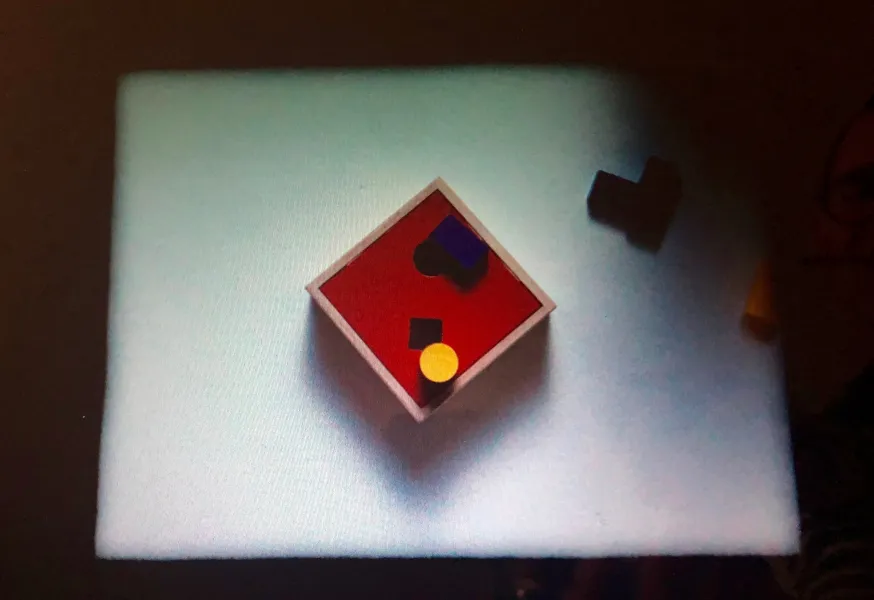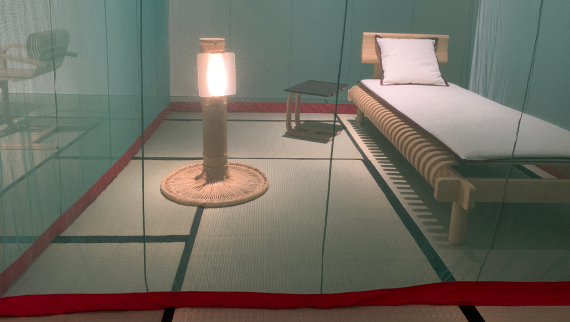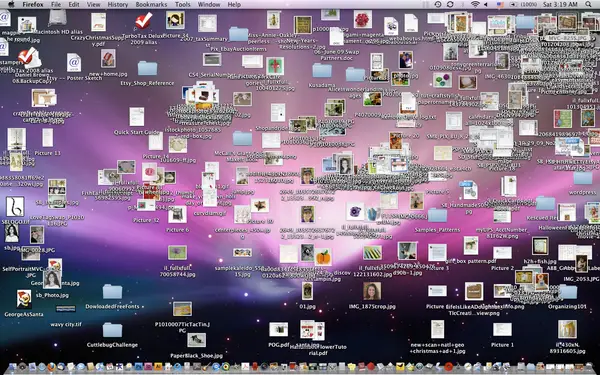How should we organize our files?
I just saw Perfect Days at the movie theater Louxor. This movie presents the life of a cleaner from the foundation The Tokyo Toilet (amazing design reference, by the way). One thing you have to know about this movie is how space matters—the space we occupy and the space around us.
 Perfect days generic
Perfect days genericI was touched by how the main character stores his personal stuff. All the objects have their utility or sentimental value. They are all essential, which is why there are not too many.
This philosophy leads to valuable storage organization. Each object deserves its own dedicated space.
How do we organize our storage?
Storage is about accessibility through time.
Each object has its time value, just like we as human beings have ours. That time value is defined by the use case the object serves and the sentimental value we attach to it. A short-time value object doesn’t need the same space as a long-time value object. However, two objects with opposite time values may be stored near each other in some cases, such as a precious lighter and a pack of cigarettes. This notion of time also implies that storage needs to be resilient through time, at least as long as the time value of the objects that need to be stored.
Then, we need to apprehend the use case and need attached to an object to determine the right space for storing it. To summarize, there are two possibilities: objects that need to be frequently accessible and those that don’t. The level of frequency also depends on the use case. The keys to your home may be evaluated as high-frequency needs, while family albums may be used less frequently. That’s why these two objects don’t deserve the same storage space.
What makes a great storage experience?
Space is also a key factor when it comes to storage—the space you give to your objects to store them, and the space you create through storage. A valuable storage provides exactly the space needed. If there isn’t enough, storage is incomplete, so you lose space with the objects that don’t get stored. If there is too much, you also lose free space with unnecessary storage.
It’s easy to conclude that good storage needs to be flexible. But it’s essential to keep in mind that the best storages are built with rigidity. The best example is the childhood game that involves storing forms in their perfect-fit storage. There is nothing more pleasant than the feeling that something was especially designed with the perfect fit.
 Shape game for children
Shape game for childrenSo, valuable storage needs to be balanced between flexibility and rigidity to provide the right occupation of space. For sure, that’s not an easy balance to find, nor an equation with an exact answer. Nevertheless, we can find some inspiring examples. Japan is a reference. All the house organizations are built around the tatami unit, which is based on human morphology.
 ERMA Machine 1958
ERMA Machine 1958How can we improve the digital space for our files?
Even though most objects are now digital assets, I still have the sensation of having a bad storage experience when it comes to files. First, I have that permanent anxiety about storage space. Each file we have is a threat to our available space. I feel like I have a lack of visibility on my space available, leading to a perception that personal files, like a photo or a scan of my identity card, represent the same level of threat to my local storage as a software. The second negative sensation is the opposite of the first. I was first bothered by the limited space and paradoxically also feel a sense of infinity that scares me. To be more precise, the infinite depth attached to our folder organization is “a difficult concept to get across”. The folder organization is like a tree where each folder is a branch that raises new branches, which are subfolders, and so on. The direct consequence is that each new subfolder is further from the root, making it less accessible for the user. There is still a possibility to add a new folder directly at the root, but each new root folder decreases the accessibility of the first branches. So, the current folder organization makes it hard to maintain a good storage experience, especially over time.
 Messy desktop nightmare
Messy desktop nightmareThe third negative feeling I have is caused by the lack of personality. The folders are the same, with the same properties, regardless of their content. We have seen that good storage needs to be adjusted to its content. The fourth bad perception I have with the current file organization is that the storages are still attached to the hardware. Even with multiple solutions like file transferring or cloud storage, it’s always difficult to switch from one device to another. That’s why many of my photos or documents are still on my old devices, stored in a box in my childhood room. You might as well say I’ll never see them again. The final concern with the current file organization is that I still have to choose between local or cloud storage. All my files depend on big corporations, and I feel like they can be lost in the middle of the battle between those big companies.
The conclusion for me, and maybe for some others, is that it’s time to shift to an area where user have more control and more feeling for the space they give to their files.